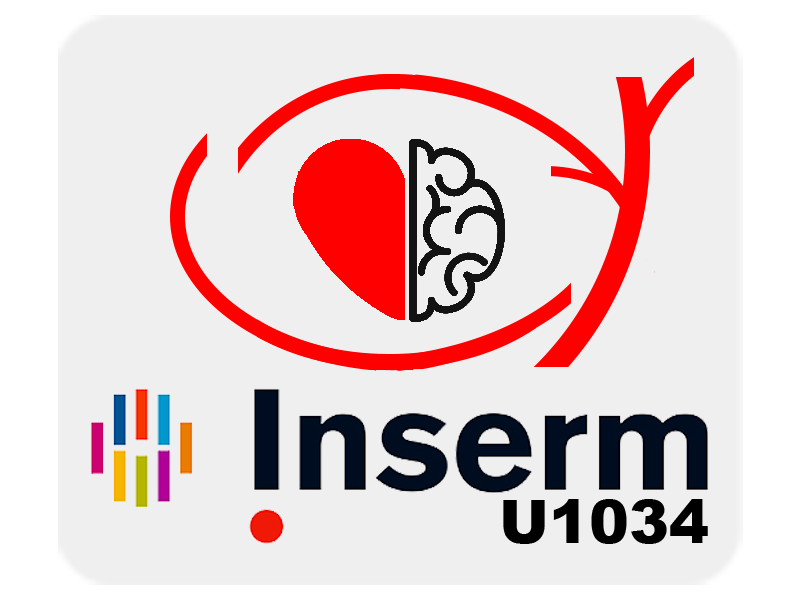Analysis of Microvascular Abnormalities in Obesity: A Comparative Study with Healthy Subjects Using Swept Source Optical Coherence Tomography Angiography and Adaptive Optics
Résumé
PURPOSE: The aim of this study was to analyze retinal microvasculature in obese subjects as compared to a normal-weight population. METHODS: In this case-control observational study, swept-source optical coherence tomography angiography (SS-OCTA) and adaptive optics (AO) were performed in eyes of nondiabetic, nonhypertensive, obese patients and in healthy controls. AO was used to calculate the wall-to-lumen ratio (WLR). The foveal avascular zone (FAZ), the macular vessel density, and the macular perfusion density of the superficial and deep capillary plexuses were analyzed in 6 × 6 mm macular OCTA cubes. SS-OCTA was also used to measure the choroidal thickness, the retinal nerve fiber layer (RNFL), and the vascular density of the retinal peripapillary capillary plexus. RESULTS: The obese group included 45 eyes (24 patients), and the control group included 46 eyes (23 subjects). The central macular density and perfusion density were significantly lower in obese patients compared to controls, in the deep retinal layer (0.28 [0.01-0.69] vs. 1.24 [0.82-1.66], p = 0.006 and 0.006 [0.001-0.015] vs. 0.025 [0.016-0.034], p = 0.01), respectively, after adjustment for systolic blood pressure. No differences were found in macular vascular density in other areas, FAZ (circularity, area, perimeter), choroidal thickness, RNFL. WLR was increased in obese patients (0.252 [0.246-0.259] vs. 0.239 [0.231-0.245] in controls, p = 0.016). CONCLUSION: Obesity was associated with retinal microvascular changes regardless of the presence of diabetes and hypertension. Our findings suggest the presence of infraclinical microvascular changes directly associated with obesity, which can be identified noninvasively through retinal imaging.


